Hey there, friend. If you’ve ever Googled “why am I short of breath?” and landed on a page about pulmonary embolism, you’re probably looking for a quick, clear answer. The short version? Most PEs start with a blood clot that forms in a deep vein—usually in the leg—then takes a dangerous detour to your lungs. Below, I’ll walk you through the why, the who, and the what‑you‑can‑do, all in a chatty, easy‑to‑follow style. Grab a cup of tea, and let’s dive in.
What Is PE?
Quick definition
A pulmonary embolism (PE) is a blockage in one of the arteries that supply blood to your lungs. When that artery gets clogged, oxygen‑rich blood can’t get where it’s needed, and the whole system starts to wobble.
How a clot gets there
Think of your veins as highways. A clot formed in a leg vein (deep vein thrombosis, or DVT) is like a stray car that breaks loose and drives onto the highway to the lungs. Once it parks in a pulmonary artery, you have a PE.
According to MedlinePlus, this “traveling” is the most common way a PE occurs.
Main Cause: DVT
Why DVT is #1
Over 90 % of pulmonary embolisms start as a clot in the deep veins of the legs or pelvis. This is why doctors often talk about “venous thromboembolism” (VTE) as a single problem with two faces: DVT + PE.
How a DVT forms – Virchow’s triad
Three things make clots pop up:
- Stasis – blood isn’t moving enough (think long flights or bed rest).
- Endothelial injury – damage to the vein wall (like a surgery scar).
- Hyper‑coagulability – your blood’s natural tendency to clot more, often due to genetics or medical conditions.
Stasis in real life
Imagine you’re on a 14‑hour cross‑country flight. Your calves are cramped, you can’t stretch, and the blood in your legs slows to a crawl. That’s stasis, and it’s a perfect storm for a clot.
Injury that sparks clots
Broken bones, especially the femur, or surgeries that involve the hip or knee can tear the inner lining of veins, giving clots a place to grab onto.
When your blood is a bit too clingy
Cancers, certain inherited disorders (like factor V Leiden), and hormone‑based therapies (birth control pills, hormone replacement) all tip the balance toward clotting.
Real‑world example
Anna, a 42‑year‑old graphic designer, thought a cramped leg after a marathon flight was just “jet‑lag.” Two days later she felt sudden chest pressure and rushed to the ER. Doctors found a DVT in her calf that had already sent a fragment to her lung. Early detection saved her life.
Rare Non‑Clot Causes
Not every PE is a DVT‑disguised‑as‑a‑clot. A handful of “odd” culprits can also block the pulmonary arteries.
| Cause | Typical Scenario | How It Ends Up in Lungs |
|---|---|---|
| Fat embolism | Severe leg or pelvis fracture, major burns | Fat droplets released into bloodstream travel to lungs |
| Air embolism | Central line placement, diving accidents | Air bubbles enter venous system and lodge in pulmonary artery |
| Tumor emboli | Advanced metastatic cancer | Fragments of tumor break off and flow to lungs |
| Amniotic fluid embolism | Labor or delivery | Amniotic fluid enters maternal circulation |
| Infectious material | Septic thrombophlebitis | Clumps of infected tissue travel to lungs |
Fat embolism
After a broken femur, fat from the bone marrow can spill into veins. Stanford Health Care notes this is rare but serious, especially when multiple fractures are involved.
Air embolism
Even a tiny bubble from an IV line can become a problem if it reaches the lung artery. The National Heart, Lung, and Blood Institute highlights that rapid decompression during scuba diving is another classic source.
Tumor & amniotic fluid emboli
These are “unusual suspects.” A fast‑growing tumor can shed cells into blood, and during childbirth a sudden surge of amniotic fluid can sneek into the maternal bloodstream. Both end up choking the lung vessels.
Key Risk Factors
Knowing what puts you in the crosshairs helps you stay ahead of the game.
- Personal or family history of blood clots.
- Recent major surgery, especially orthopedic or pelvic.
- Prolonged immobility – long car rides, airplane trips, or bed rest.
- Hormonal influences – oral contraceptives, hormone replacement, pregnancy.
- Chronic illnesses – cancer, heart failure, inflammatory diseases, recent COVID‑19 infection.
- Lifestyle – smoking, obesity, sedentary job.
A 2024 report from the American Lung Association says roughly 900 000 people in the U.S. develop a PE each year, and many of those have at least one of the risk factors above.
Prevention Strategies
Screening and early detection
If you’re high‑risk (recent surgery, known clotting disorder), ask your doctor about a duplex ultrasound of the leg veins or a D‑dimer blood test. Early spotting of a DVT can stop a PE in its tracks.
Mechanical moves
Compression stockings, ankle‑flexing exercises, and getting up to walk every couple of hours are simple but powerful tools. The American College of Chest Physicians (ACC‑P) recommends these especially after orthopedic surgery.
Pharmacologic preventers
Blood thinners like low‑molecular‑weight heparin or the newer direct oral anticoagulants (DOACs) are the go‑to meds for many patients. They don’t dissolve an existing clot but keep new ones from forming.
Lifestyle tweaks
- Stay hydrated – water helps blood stay fluid.
- Move every 1–2 hours on long trips – simple calf‑raises or a quick hallway stroll.
- Quit smoking – it damages vein walls and makes clotting easier.
- Maintain a healthy weight – excess weight adds pressure on veins.
Red‑Flag Symptoms
Even if you’re not 100 % sure something’s off, paying attention to these signals can be lifesaving.
- Sudden shortness of breath that isn’t explained by exercise.
- Sharp, stabbing chest pain that worsens with deep breaths.
- Rapid heart rate or palpitations.
- Unexplained leg swelling, redness, or pain.
- Fainting or feeling light‑headed.
- Coughing up blood‑streaked mucus.
If any of these appear, especially together, call emergency services right away. Early treatment dramatically improves outcomes.
Treatment Overview
Anticoagulation – the cornerstone
Blood thinners (warfarin, apixaban, rivaroxaban, etc.) are the first line for most PE patients. They prevent the clot from growing and give the body a chance to dissolve it naturally.
When clot‑busting is needed
Massive PE (large clot burden causing low blood pressure) may require thrombolytic drugs (clot‑dissolving meds) or even surgical embolectomy. The decision depends on how “big” the blockage is and how stable the patient feels.
Managing the oddball causes
For a fat embolism, supportive care (oxygen, fluids) is the mainstay; there isn’t a specific drug. Air emboli often resolve once the source is sealed and the patient receives high‑flow oxygen. Tumor‑related emboli call for cancer‑directed therapy.
After‑care and follow‑up
Even after the clot clears, many patients need 3–6 months of anticoagulation and a follow‑up scan to ensure no new clots are forming. Lifestyle changes continue to play a key role.
Real‑World Stories
“From a 14‑hour flight to the ER”
Mike, a 29‑year‑old software engineer, thought his swollen calf was just “leg fatigue.” The next morning, a sudden wave of breathlessness sent him to the ER, where a CT angiogram confirmed a PE. He now uses compression socks on every long trip and never skips his post‑flight calf stretches.
Hematology Q&A
Q: “When should I suspect a non‑clot PE?”
A: Dr. Lin, a board‑certified hematologist, says, “If a patient has a recent severe trauma, major surgery, or a known malignancy and presents with sudden respiratory distress, think beyond classic DVT‑derived PE.”
Physio perspective
Physical therapist Jenna adds, “Early ambulation after knee replacement cuts the risk of DVT by up to 60 %. Even a few minutes of ankle pumps in the first 24 hours can make a huge difference.”
Wrapping It Up
Understanding pulmonary embolism causes is like knowing the ingredients in a recipe—you can avoid the ones that spoil the dish. The big picture: most PEs start with a clot in the leg (deep vein thrombosis), but rare culprits like fat, air, tumor fragments, or amniotic fluid can also block your lungs. Recognizing the risk factors—immobility, surgery, hormones, chronic illness—lets you take proactive steps: move regularly, stay hydrated, consider compression gear, and talk to your doctor about screening if you’re high‑risk.
Remember, if you ever feel a sudden, unexplained shortness of breath, chest pain, or leg swelling, don’t wait. Call emergency services and get checked out. Early treatment can be the difference between a quick recovery and a life‑threatening situation.
Got questions or a story of your own? Share it in the comments below. Let’s keep the conversation going and help each other stay safe and healthy.

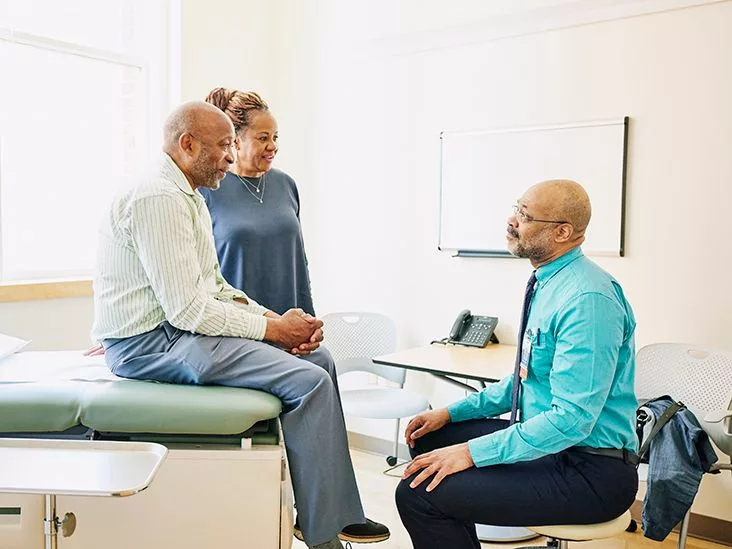


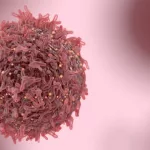

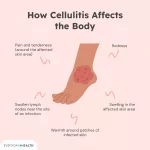



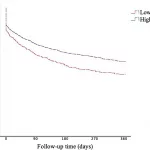

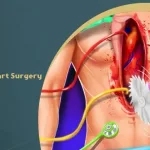





Leave a Reply
You must be logged in to post a comment.